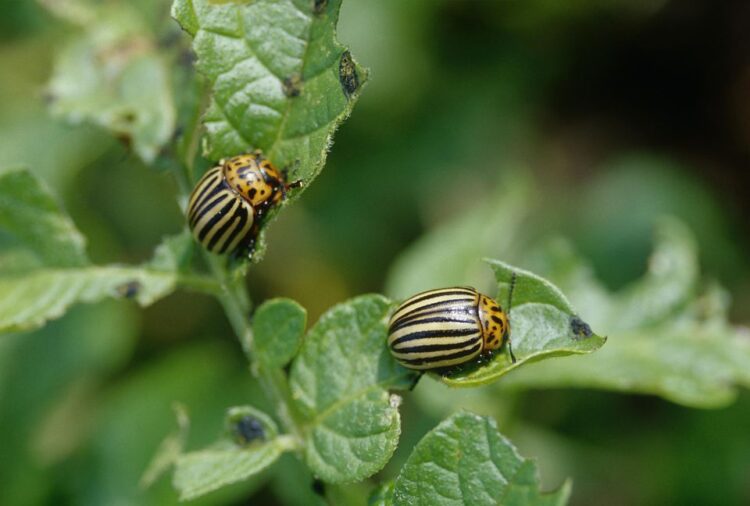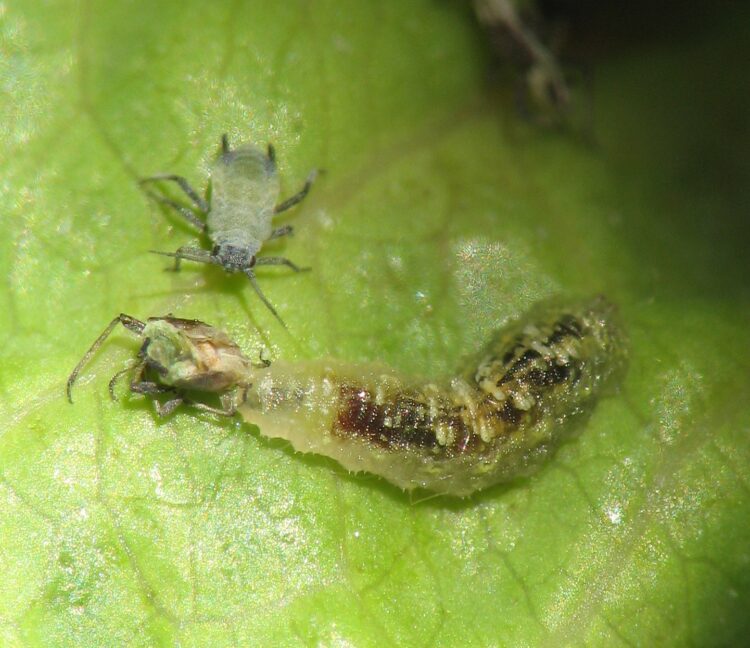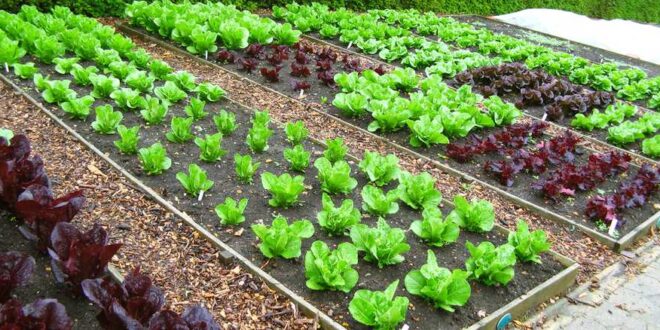In this day and age of chemical-ridden fruits and vegetables, growing your own organic garden seems a promising alternative. All you need to do is to prepare nutrient-rich soil beds, sow healthy seeds, and provide adequate water. In due course, you will find the seedlings emerging from the soil.
However, more often than not, your efforts to grow healthy plants get thwarted by the appearance of pests that love to chew and destroy your garden. These pests may include aphids, mites, thrips, whiteflies, beetles, stink bugs, worms, and caterpillars, in addition to leaf fungus, such as powdery mildew.
Not all insects found on plants are harmful; some are even beneficial for the plants. However, most insects are of the destructive kind that has the potential to destroy your organic garden, in the absence of preventive measures.
Ways to prevent and eliminate pests
There are some well thought out strategies for organic pest control to counter the menace of pests. Here’s what you can do:
1. Use healthy soil

The quality of soil not only makes your organic garden grow well but also makes it endure pest outbreaks. For one, keep the soil undisturbed, by not turning it routinely, since it encourages runoff, soil compaction, and also harms microorganisms in the soil and earthworms. Adding one to two inches well-decomposed manure to the garden and 2-4 inches of mulch in the form of grass clippings or trimmed shrubberies will lessen water evaporation, and suppress weeds.
2. Plant pest-unfriendly and trap crops with your organic plants
Some plants repel pests that infest organic plants. These include garlic, basil, nasturtiums, and marigolds. Mixing them with your vegetable plants will keep the pests at bay. Conversely, some plants attract pests and can be used as trap crops. Their purpose is to drive the pests away from your organic plants. These plants are pest-specific. For example, Blue Hubbard Squash attracts cucumber beetles; sunflower attracts stink bugs, etc. So, make sure you plant the trap crops in the vicinity of your organic garden.
3. Prevent pests from accessing your plants

You can use floating row covers to cover your plants. These covers, made of fine mesh, cover the plant from top to bottom, thereby preventing pests from laying eggs on the plants. These covers allow light and rain to enter and do not trap the heat that may kill the plants. The only drawback is these covers also prevent pollination, forcing you to hand pollinate. This may prove a time-consuming task.
4. Pest identification
To counter the pest, you need to know it first. But you are no entomologist to know what kind of insect is destroying your garden. By using a Google app that enables you to take a picture and search for similar images, you can find out the pest. You can also learn about the common pests in your area or ask for the identification of the parasite by posting its picture on Facebook or your local gardening group. Remember, don’t push the panic button by seeing bugs on your plant, since there are good bugs too that help control the bad pests. So, identifying the types of insects is essential.
5. Getting rid of bad bugs

There are two ways to get rid of bad bugs – broad-spectrum control and targeted control. Broad-spectrum control may prove counterproductive, since it harms beneficial insects too, that include pollinators, along with the bad bugs. In targeted control, the means are pest specific and act against particular pests that have infested your plants. One effective means of targeted control is to spray the plants with Bacillus thuringiensis (Bt). This bacterium only targets caterpillars by producing spores that prove toxic to caterpillars when they feast on the leaves. Bt also controls other pests, such as armyworms, cucumber worms, hornworms, and vine bores. However, avoid spraying it on butterfly host plants, since Bt affects all types of caterpillars.
6. Introduce good bugs
One of the best ways of pest control is to cultivate good bugs that eat bad bugs and their larvae. Good bugs include insects, such as ants, bees, centipedes, earwigs, ladybugs, green lacewings, ground beetles, parasitic wasps, pirate bugs, praying mantis, predator flies, spiders, etc. To help entice good bugs to come to your organic garden, plant native flowering plants, carrots, coriander, dill, fennel, marigolds, mint, parsley, sweet alyssum, tansy, and zinnia. If this seems complicated, you can always order these bugs and introduce them to your garden.
7. Use home remedies

Home remedies may prevent the use of potent pesticides and fungicides on your organic plants that usually have an adverse fallout. Some of the effective home remedies include
a) Using cinnamon or baking soda for fungus
b) Using garlic plant spray or hot pepper or ginger for ridding all kinds of pests
c) Burying orange and banana peels to ward off ants and aphids
d) Mixing milk with water for controlling mildew
e) Sprinkling crushed eggshells to prevent slugs, cutworms, and other insects, etc.
8. Using non-toxic chemicals
There are non-toxic chemicals that are biological in nature and occur naturally. Since they are not persistent, they need to be applied weekly and after every rainfall. The non-toxic chemicals include Bacillus thuringiensis, corn gluten, garlic, gibberellic acid, and kaolin clay. However, if these prove ineffective, you can always go in for moderately toxic chemicals, such as adjuvants, boric acid, copper, horticulture vinegar, lime sulfur, neem, Ryania, and sulfur.
According to handymate.com.au, the worst thing that can happen if you have grown your organic plants in your house is house infestation of these pests. This creepy crawlies may invade your home and settle in your bedroom, kitchen, and other spaces. In such a scenario, you may have to take recourse to professional help.
Conclusion
The abovementioned strategies are sure to make your vegetable garden pest-free. However, choosing the right location for your garden, planting the right crops, and selecting vigorous seedlings can make your garden even more robust and pest resistant.
 Hi Boox Popular Magazine 2024
Hi Boox Popular Magazine 2024



